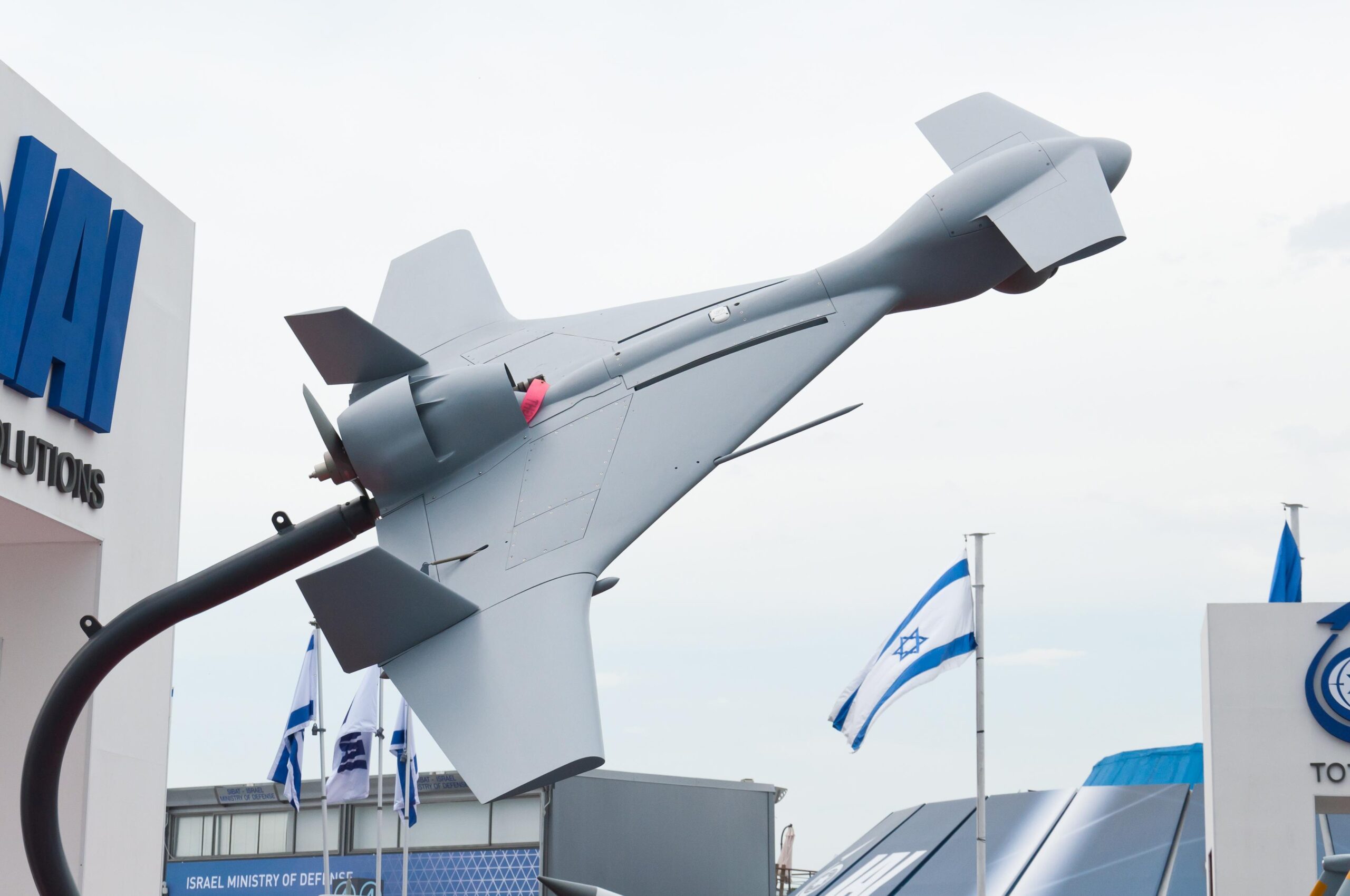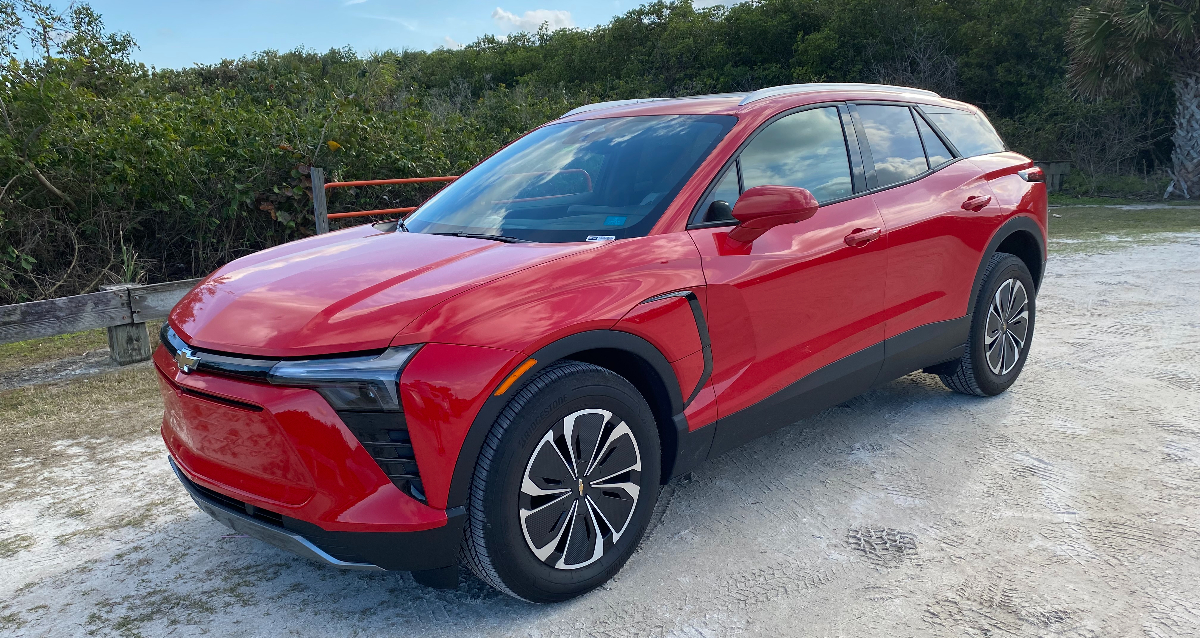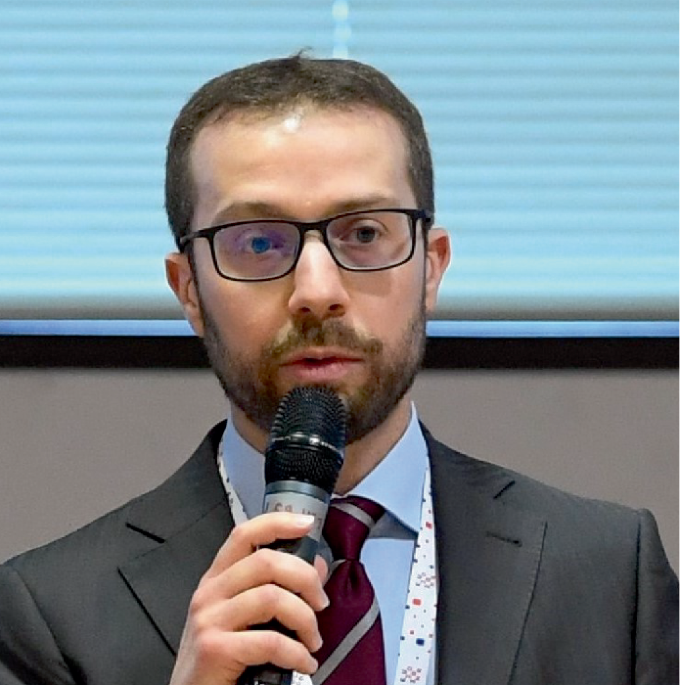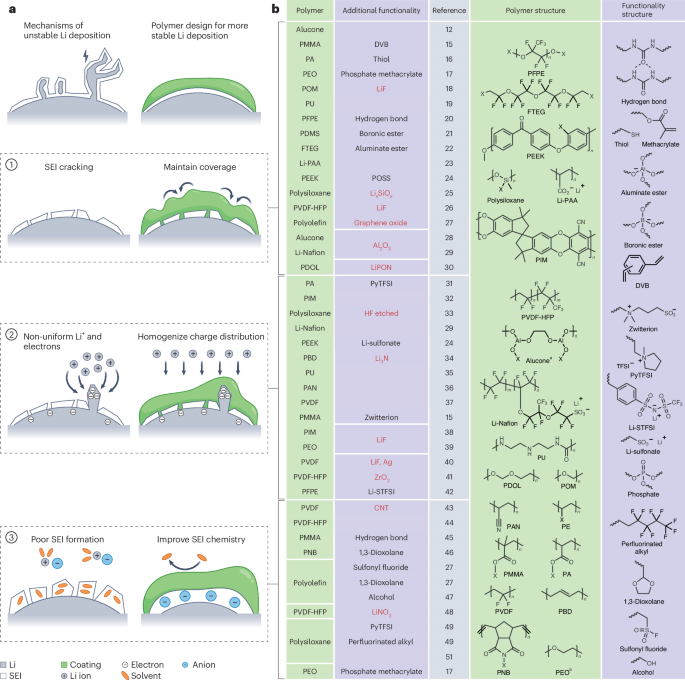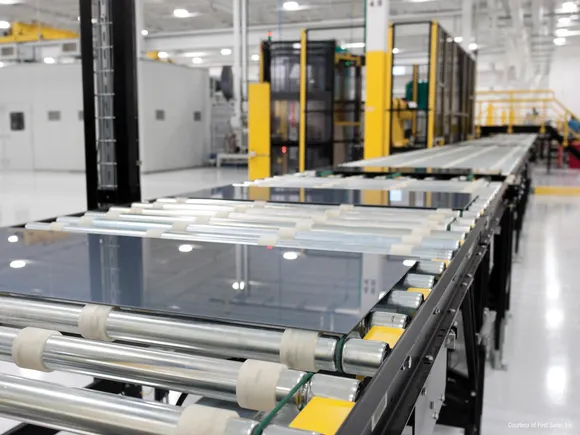NIR‐I Light‐Activated Antibiotic Delivery & PDT via TiO2/Graphene Metastructure for Enhanced Antibacterial Activity and Osseointegration of Ti Implants
Advanced Healthcare Materials, Volume 14, Issue 12, May 6, 2025.

A TiO2-graphene metastructure is fabricated on titanium implants via hydrothermal synthesis and plasma-enhanced chemical vapor deposition, demonstrating strong near-infrared absorption. Doxycycline-loaded metastructures exhibit enhanced NIR-responsive release, potent antibacterial activity, and improved osseointegration in cancellous bone and marrow cavities.
Abstract
Antibiotic therapy is a key strategy for treating infections associated with orthopedic implants, yet its limited effectiveness and potential to disrupt bone healing highlight the need for innovative approaches. Herein, a TiO2-Graphene (TiO2-G) metastructure is developed on Ti implant surface using a hydrothermal method coupled with plasma-enhanced chemical vapor deposition (PECVD), showing strong near-infrared light (NIR) absorption. The antibiotic doxycycline (DOX) is successfully loaded onto TiO2-G and exhibited enhanced NIR release. The promising antibacterial efficacy is proven by both in vitro and in vivo tests with NIR irradiation for 5 min, which is ascribed to the synergistic photocatalytic activity of TiO2-G and NIR-responsive release of DOX. Interestingly, after 5 min of NIR irradiation, the TiO2-G metasurface neutralized the immediate negative effects of photodynamics and even upregulated the expression of osteogenic genes (osteocalcin (OPN), osteopontin (BSP), and bone sialoprotein (OCN)), with particularly enhanced effects observed on day 14. Moreover, the sustained release function of TiO2-G significantly mitigated the cytotoxicity of free antibiotics with antibacterial capabilities comparable to those of TiO2-G/DOX under NIR irradiation for 5 min. Consequently, the in vivo studies proved that the TiO2-G metastructure enhanced the osteointegration of the implant even in the absence of infection when loaded with DOX.


























































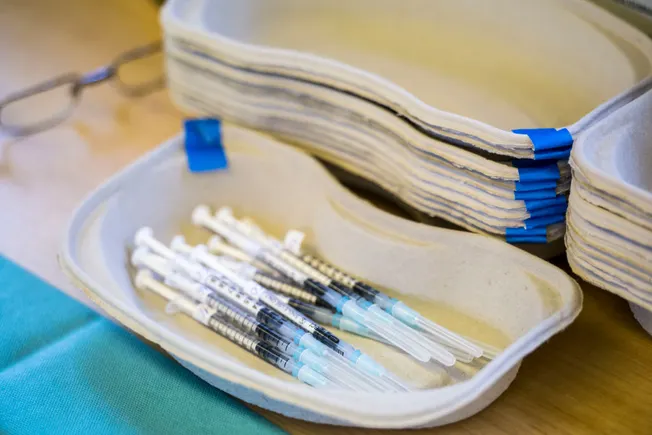




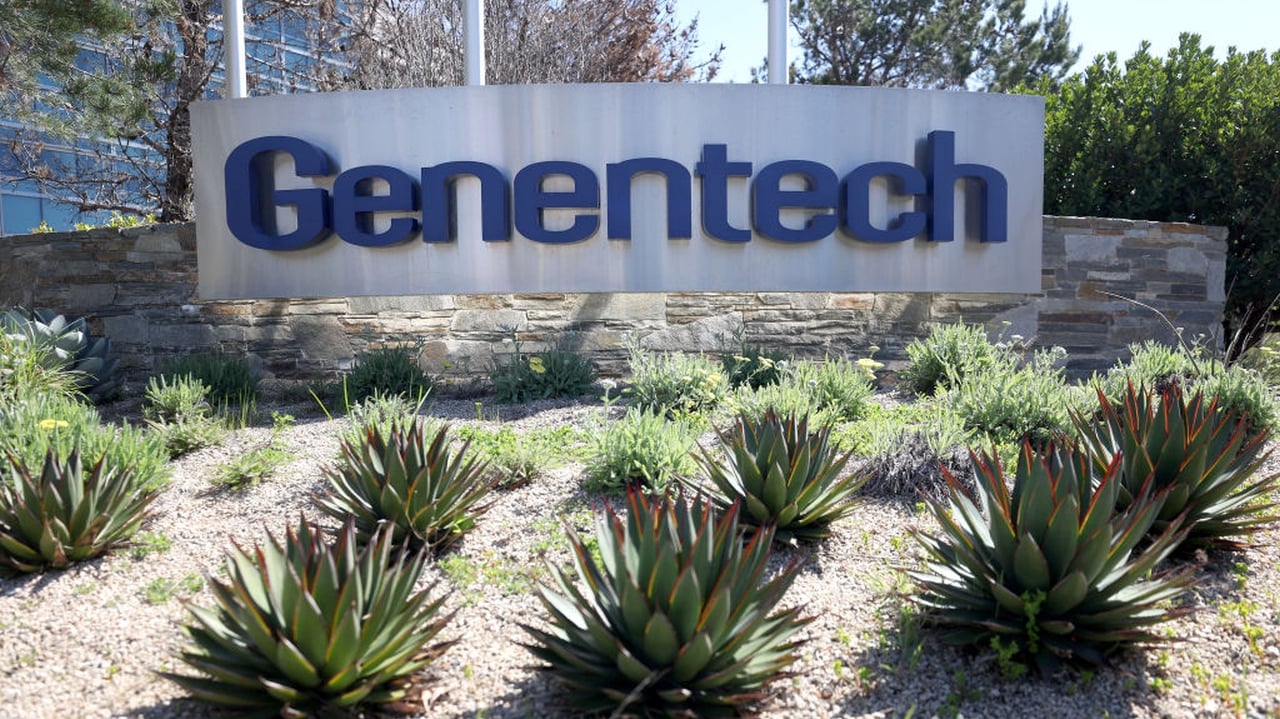






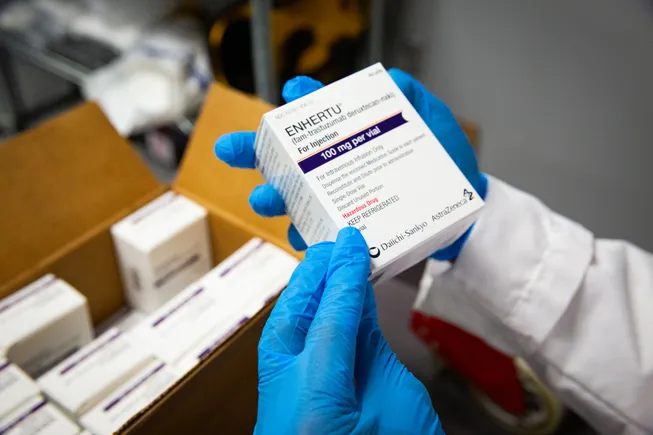


















![The F-35’s future: The power and cooling competition that could change everything [Video]](https://breakingdefense.com/wp-content/uploads/sites/3/2024/09/240924_F35_moon_USAF-scaled-e1727200160419.jpg?#)




